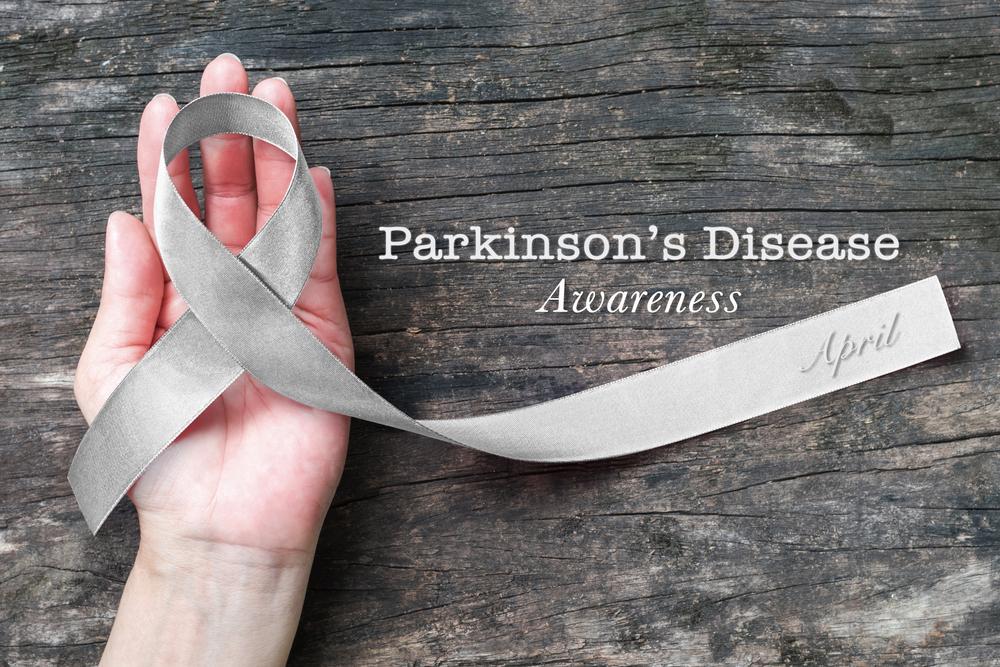Comprehensive Guide to Recognizing Early Signs and Symptoms of Parkinson’s Disease
This comprehensive article explores the early signs and symptoms of Parkinson’s disease, emphasizing the importance of early detection for effective management. It covers risk factors, initial symptoms like tremors and handwriting changes, and progressive signs including muscle stiffness and sleep disturbances. Recognizing these indicators allows timely medical intervention, improving quality of life and disease outcomes. The piece also discusses the underlying causes, risk factors, and the critical role of healthcare for at-risk populations. Aimed at increasing awareness, it offers valuable insights for patients, caregivers, and healthcare professionals alike.

Comprehensive Guide to Recognizing Early Signs and Symptoms of Parkinson’s Disease
Parkinson’s disease is a complex and progressive neurological disorder that primarily affects movement. Despite extensive research, the exact cause remains unknown, although scientists believe that a combination of genetic predispositions and environmental factors contribute to its development. This disease is characterized by the gradual degeneration of dopamine-producing nerve cells in the substantia nigra, a region of the brain crucial for controlling movement. Understanding the early signs and symptoms of Parkinson’s disease is vital for early diagnosis, which can significantly improve the management and quality of life for affected individuals.
Age remains the most significant risk factor for Parkinson’s disease, with the majority of cases diagnosed in people over the age of 60. However, genetic factors can increase susceptibility, especially in those with a family history of the condition. Environmental influences, such as exposure to certain toxins or chemicals, may also play a role in triggering the disease, although their impact varies among individuals. Early detection of Parkinson’s symptoms can be challenging because initial signs are often subtle and easily overlooked, both by the patients and their families.
The earliest detectable symptom of Parkinson’s disease is typically a small, resting tremor usually beginning in one hand or finger. This tremor may be described as a slight shaking or a “pill-rolling” movement, which becomes more pronounced over time. Many patients first notice a change in their handwriting, often characterized by smaller, more cramped letters—a condition known as micrographia. Additionally, there may be a noticeable reduction in arm swing during walking, along with muscle stiffness or rigidity. These initial symptoms are often mild and may be dismissed as normal aging or fatigue.
As Parkinson’s progresses, symptoms tend to become more prominent and disruptive. Reduced facial expressions, commonly called “masked face,” can make the person appear emotionally distant. Difficulty with balance and coordination increases, leading to an elevated risk of falls. Patients might also experience changes in their senses, such as a diminished ability to taste or smell, which can serve as early indicators of the disease. Sleep disturbances, including REM sleep behavior disorder where patients act out vivid dreams, are also common. These early signs highlight the importance of regular medical checkups, especially for those in high-risk age groups or with a family history.
Further symptoms that develop in the advanced stages include constipation, urinary difficulties, and voice changes such as a softer or quieter voice. Non-motor symptoms, such as depression, anxiety, or cognitive decline, may appear as the disease progresses. Patients often experience dizziness or lightheadedness when standing up quickly, due to blood pressure fluctuations. Physical changes like stooped posture, decreased arm swing, and facial muscle stiffness become more apparent, impacting daily activities and social interactions. Recognizing these signs early allows healthcare providers to implement management strategies, including medication, physical therapy, and lifestyle modifications, which can mitigate symptom progression and improve quality of life.
In conclusion, understanding and recognizing the early signs of Parkinson’s disease is essential for timely diagnosis and intervention. Although there is no cure yet, early treatment can help manage symptoms effectively, slow disease progression, and maintain independence for longer periods. Awareness and education about the subtle initial signs can lead to earlier medical consultation, ultimately enhancing patient outcomes and well-being.





